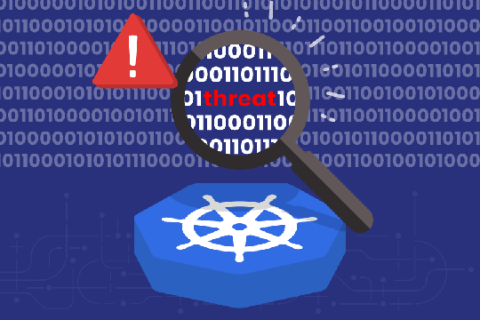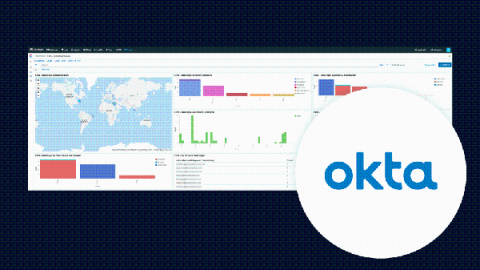Five worthy reads: Privacy in pandemic management
Five worthy reads is a regular column on five noteworthy items we have discovered while researching trending and timeless topics. This week, we explore the data privacy challenges and concerns that have arisen during the COVID-19 pandemic. In the wake of COVID-19, the world has witnessed the power of technology.











